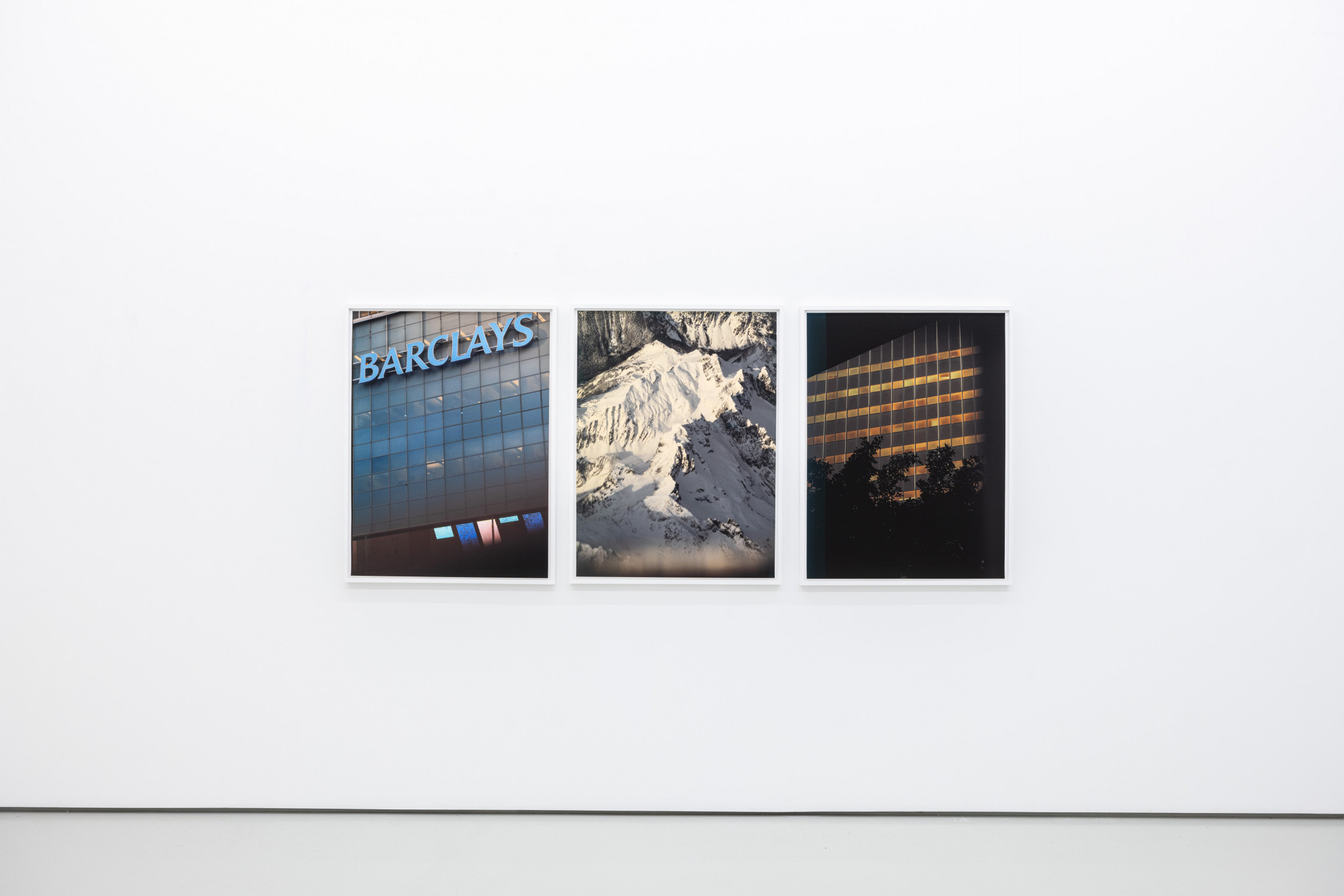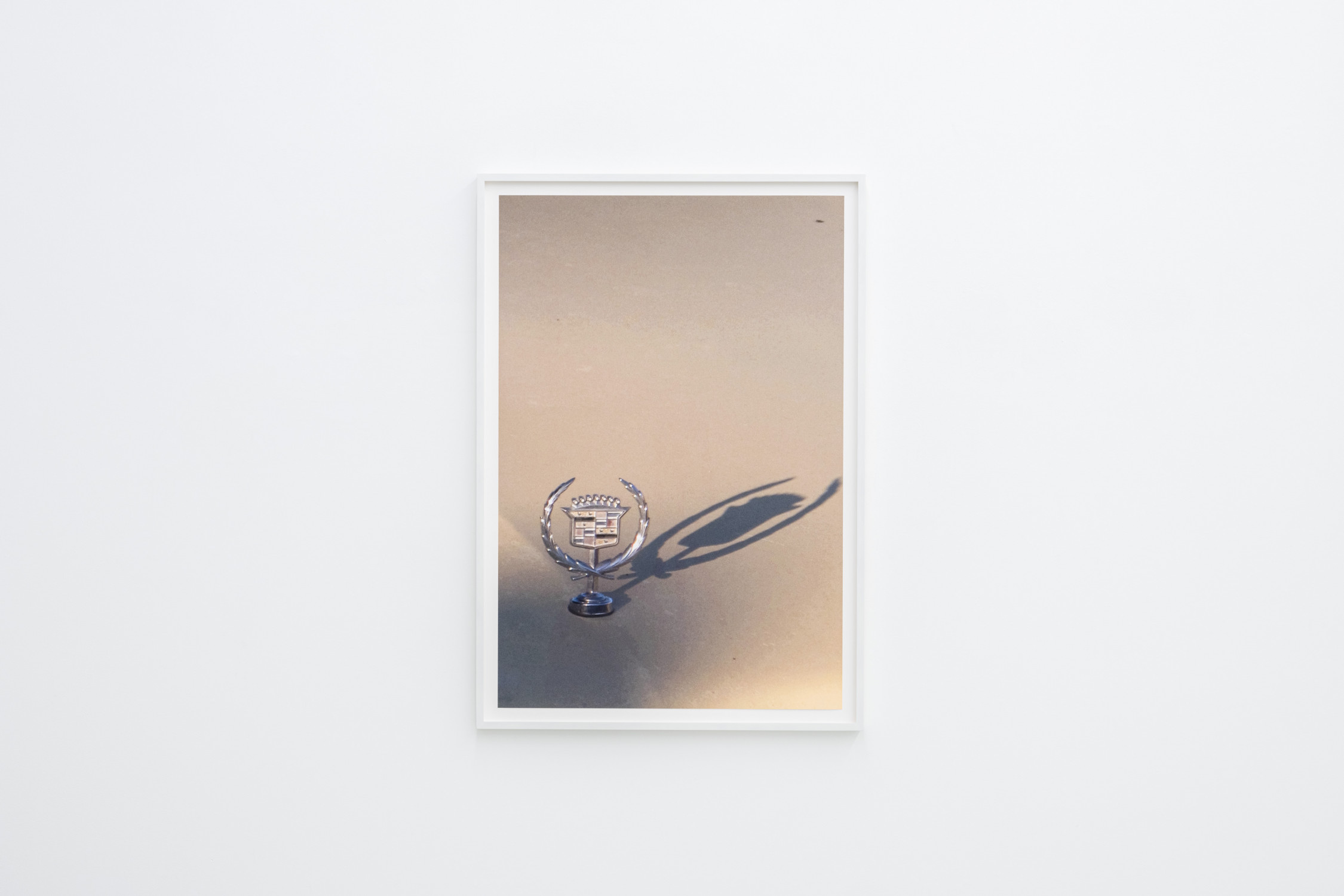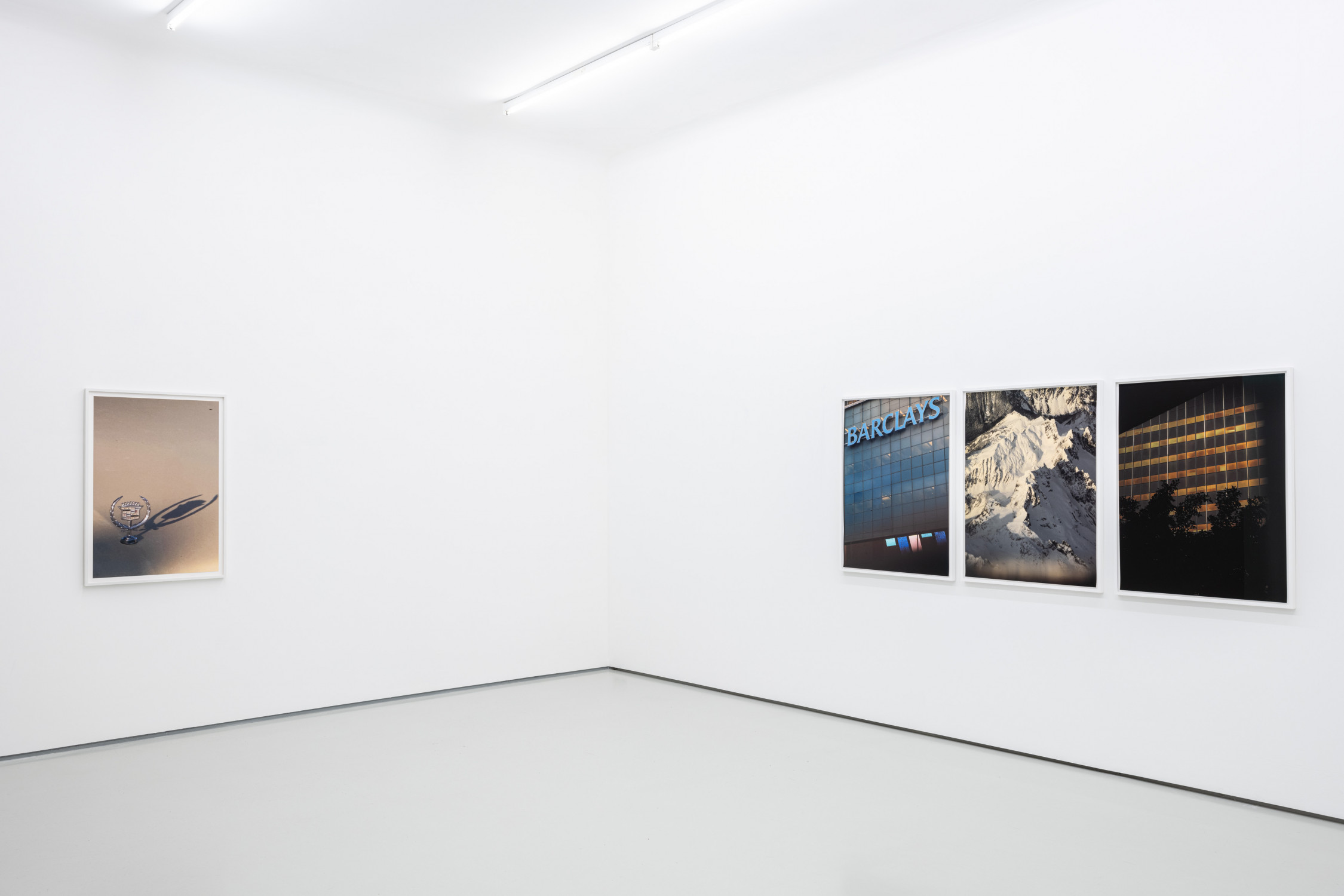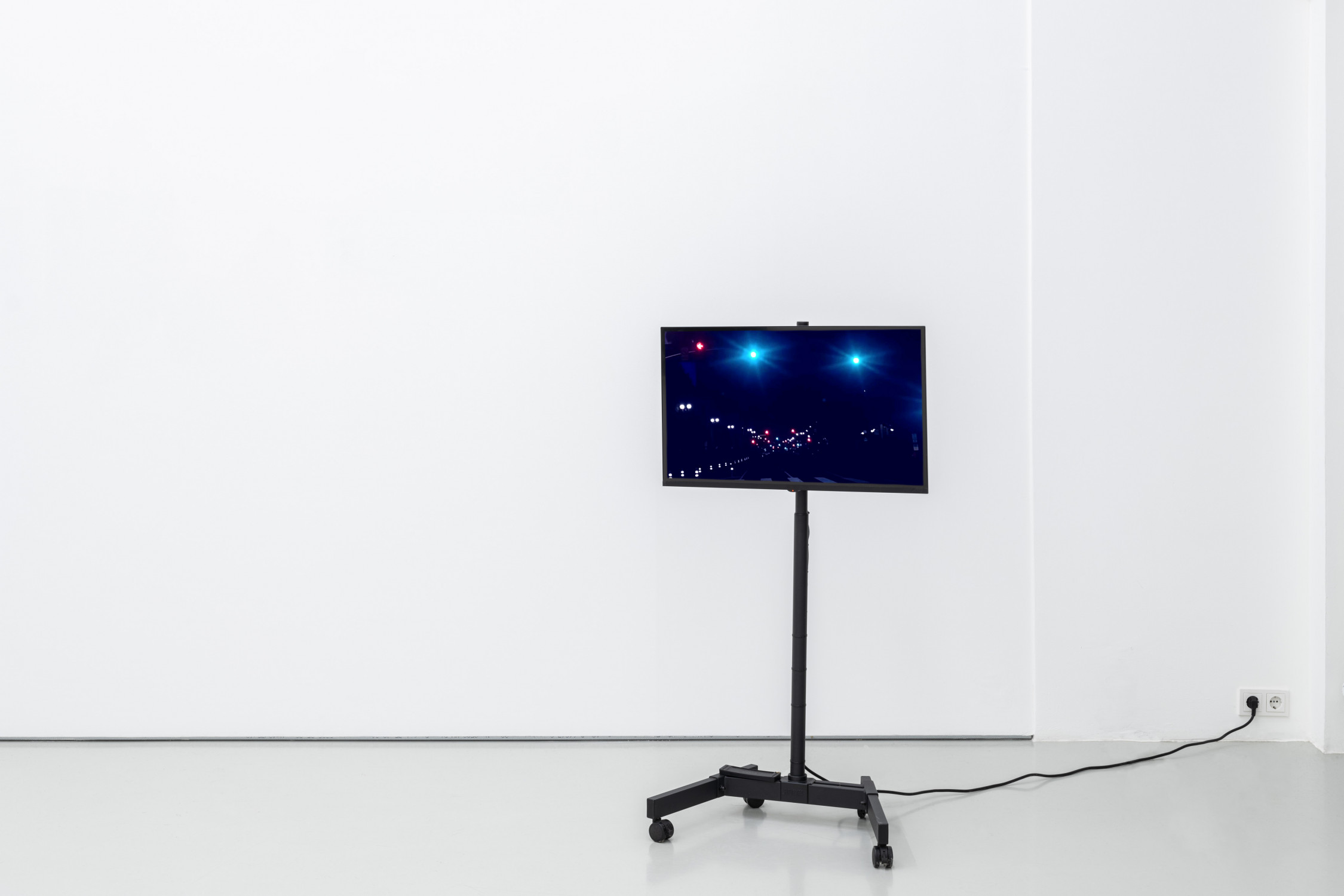








The gallery alexander levy is pleased to present Colin Snapp’s third solo exhibition National Charter. In his practice, Snapp uses photography and video as tools to address contemporary landscape. In this exhibition, which presents works from the eponymous photographic series “National Charter” (2013-2022), this focus to the contrast between man-made and natural environment and its intersection with travel and the tourism that accompanies it. In doing so, the photographs also challenge our perception of reality, now increasingly shaped by the way we consume social media.
National Charter re-contextualizes landscapes imbued with contemporary visual consumer culture symbols. In the photographs of a human-deserted world, the viewer is forced to look through nature – branches and leaves – only to find company logos and corporate trademarks – the Sheraton and Barclays. This incongruousness brings to the fore the contrast between the artificial and natural environment, whilst simultaneously pointing to our eyes’ preference for the former.
The motifs Snapp selects are also partially obscured by shadows of objects that lie outside the picture, forming another duality in his work. They are excerpts from a reality, shot in motion, with an air of mishap causality but also of careful selection, in what appear as intrusive and trespassing moments.
In all, they convey an eerie feeling of documents left behind for a time capsule; the scenes appear abandoned, almost post-apocalyptic, they show no evidence of people, no temporal localization. They represent the empty and vast spaces that characterize contemporary geography, particularly in the United States. This sense of emptiness is the result of the ephemeral circumstances in which they were taken – while traveling.
The video Leica Toll (2012) is an assemblage of footage taken in southern Morocco which contrasts the outsider position of the observer, filming in moments of transience through windows of trains, cars and buses, with an inaccessible reality. Though, at first, the accompanying soundtrack of insects, prayer calls and other field recordings the artist made in southern Morocco appear dissonant, they create moments of uncanny synchronicity – an invented moment.